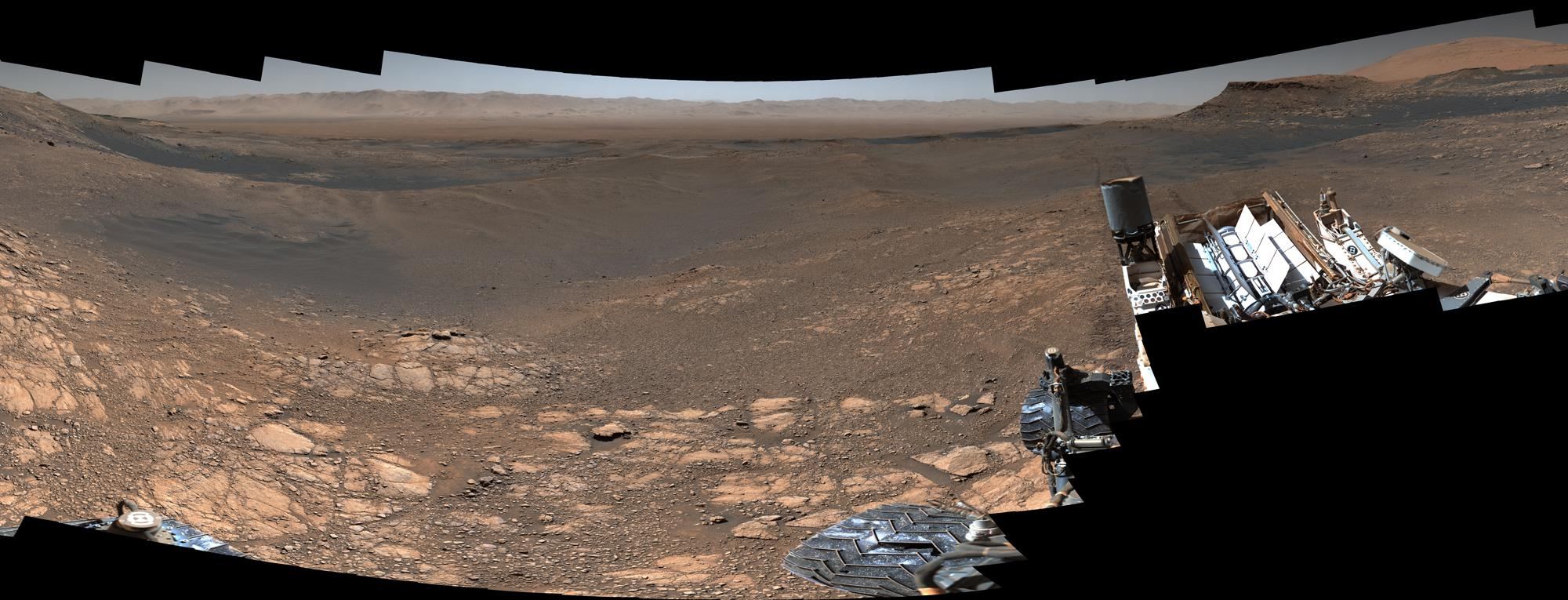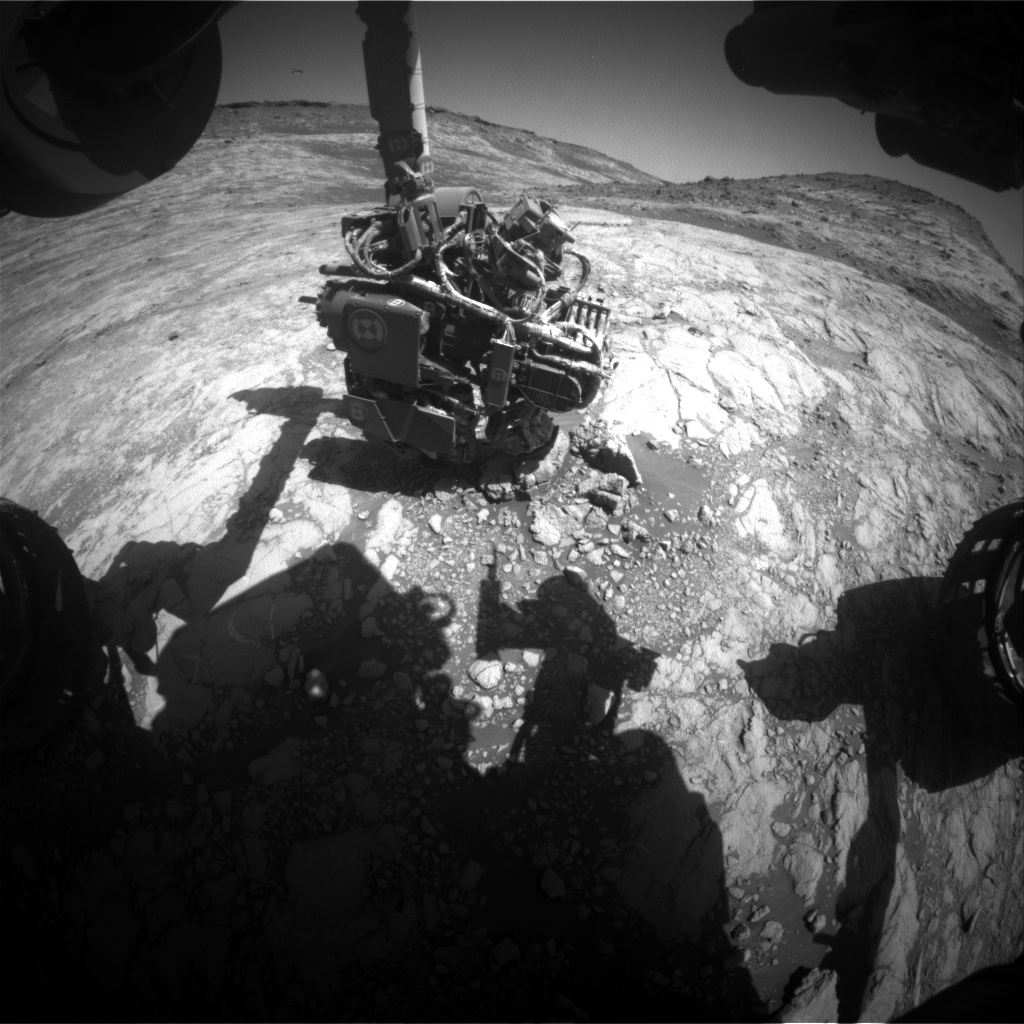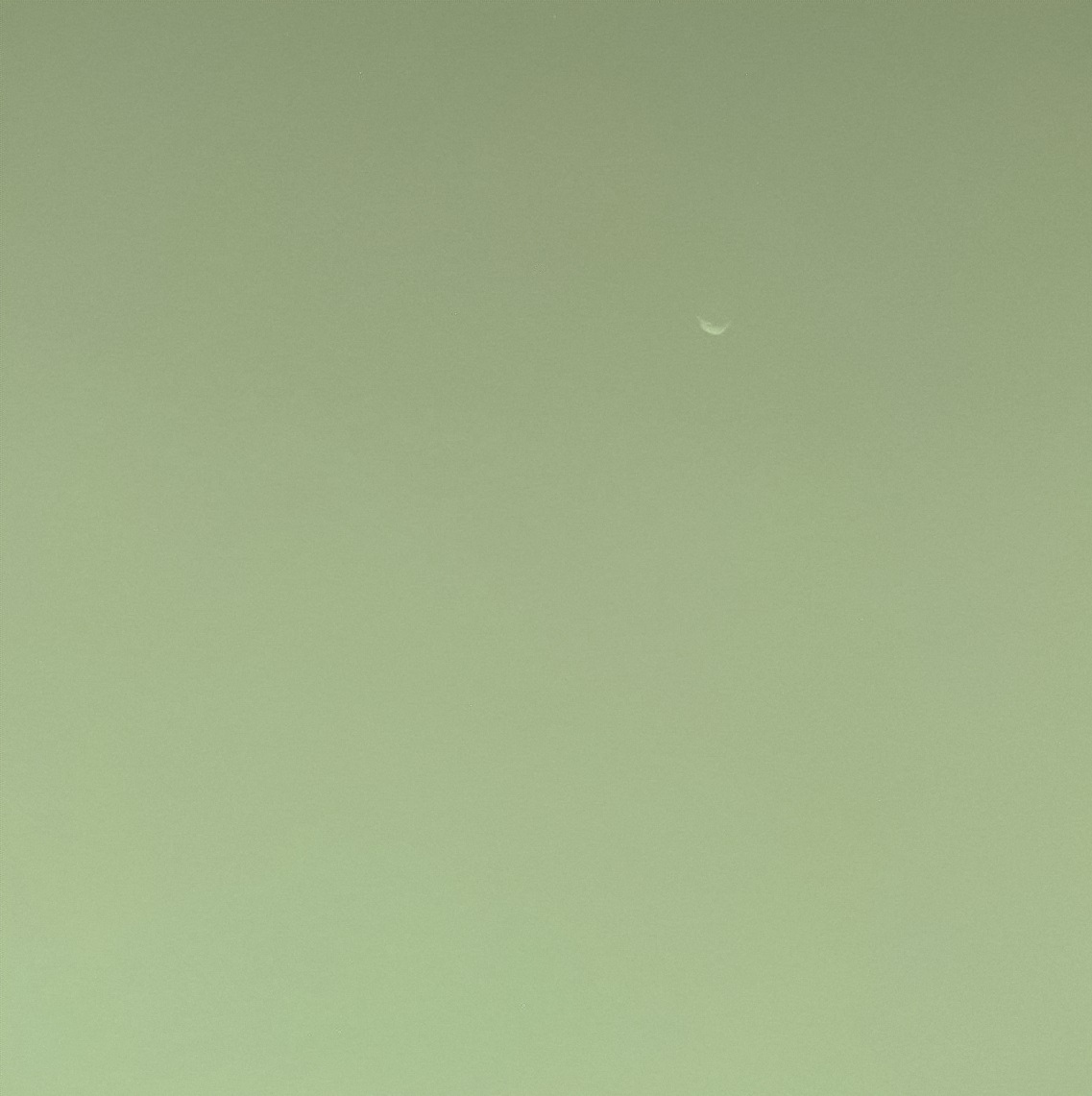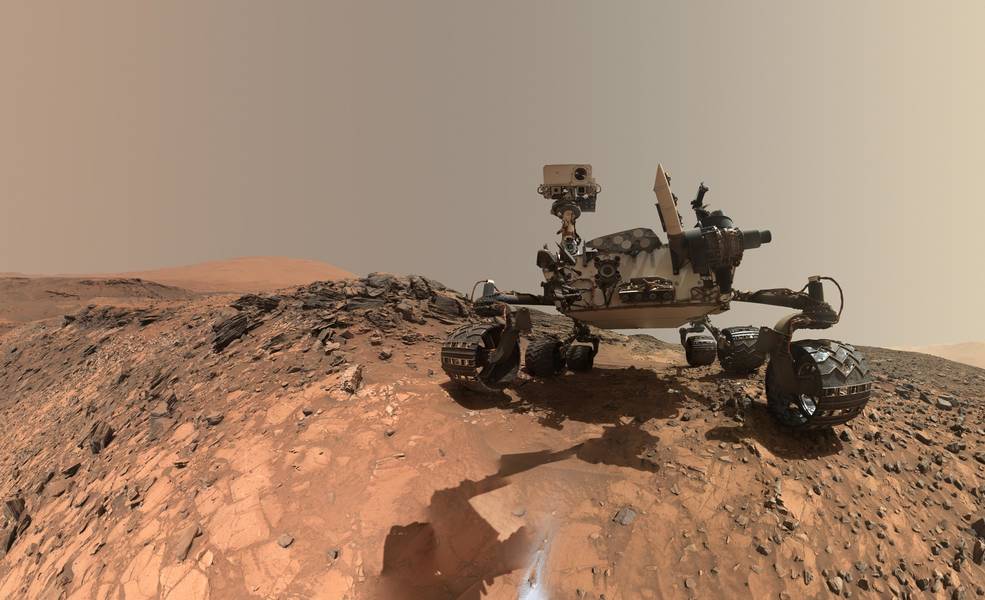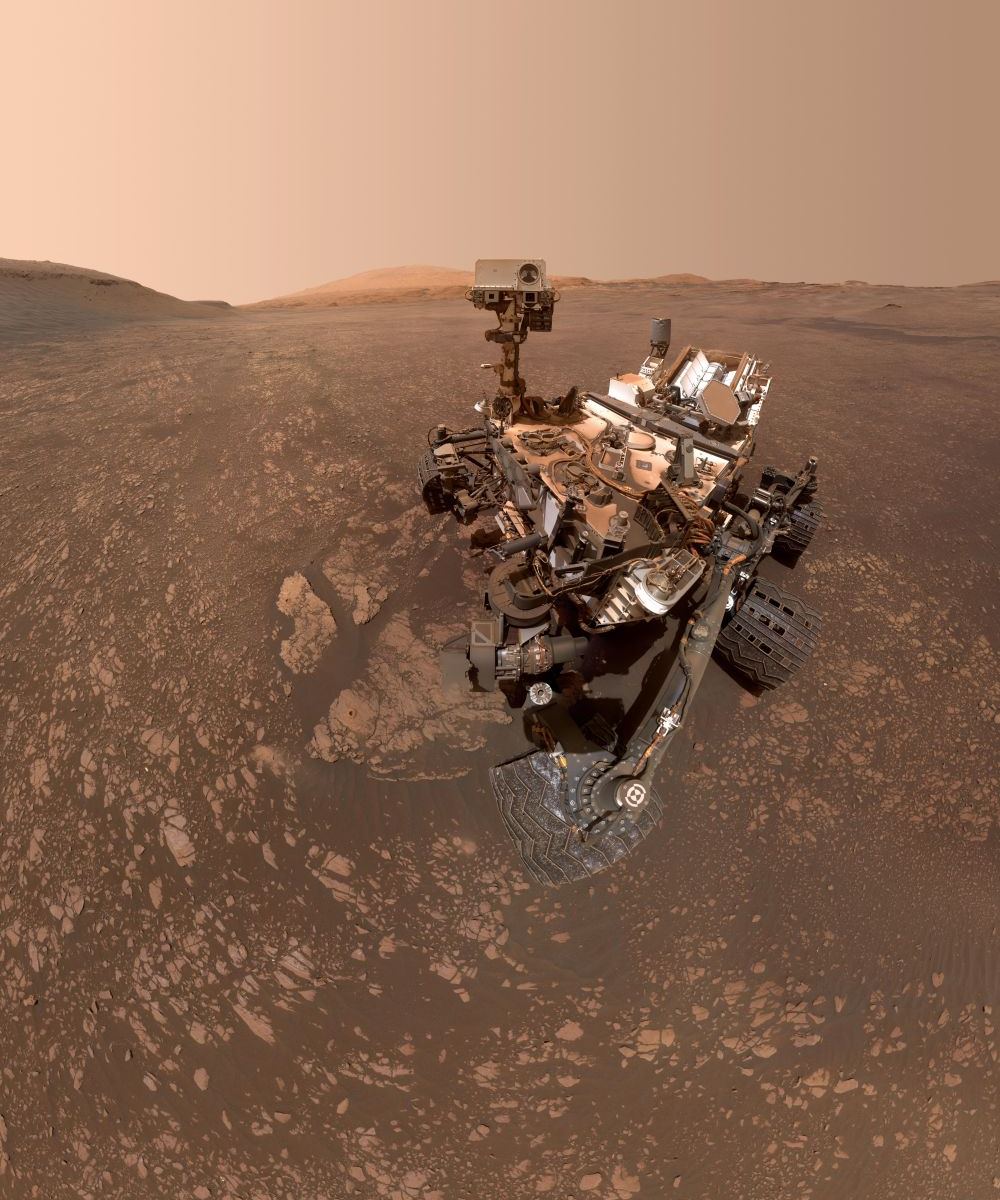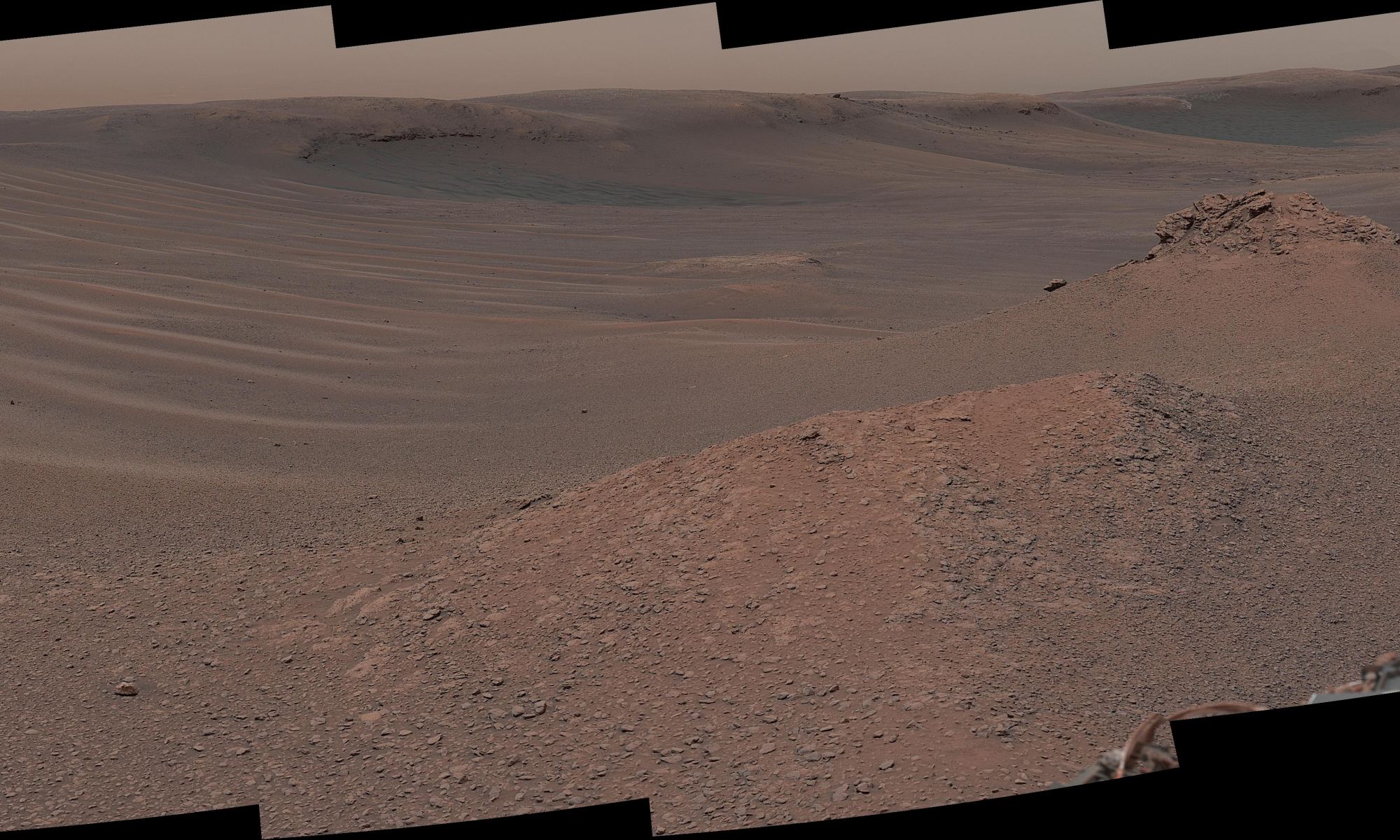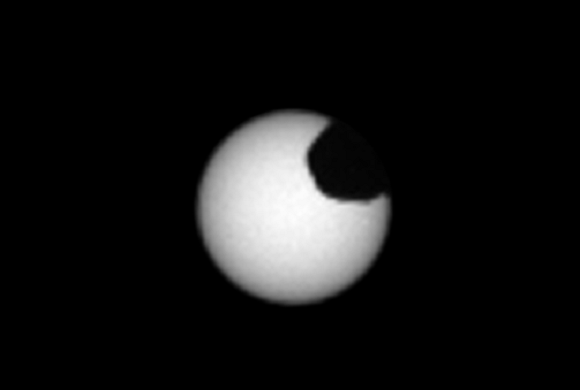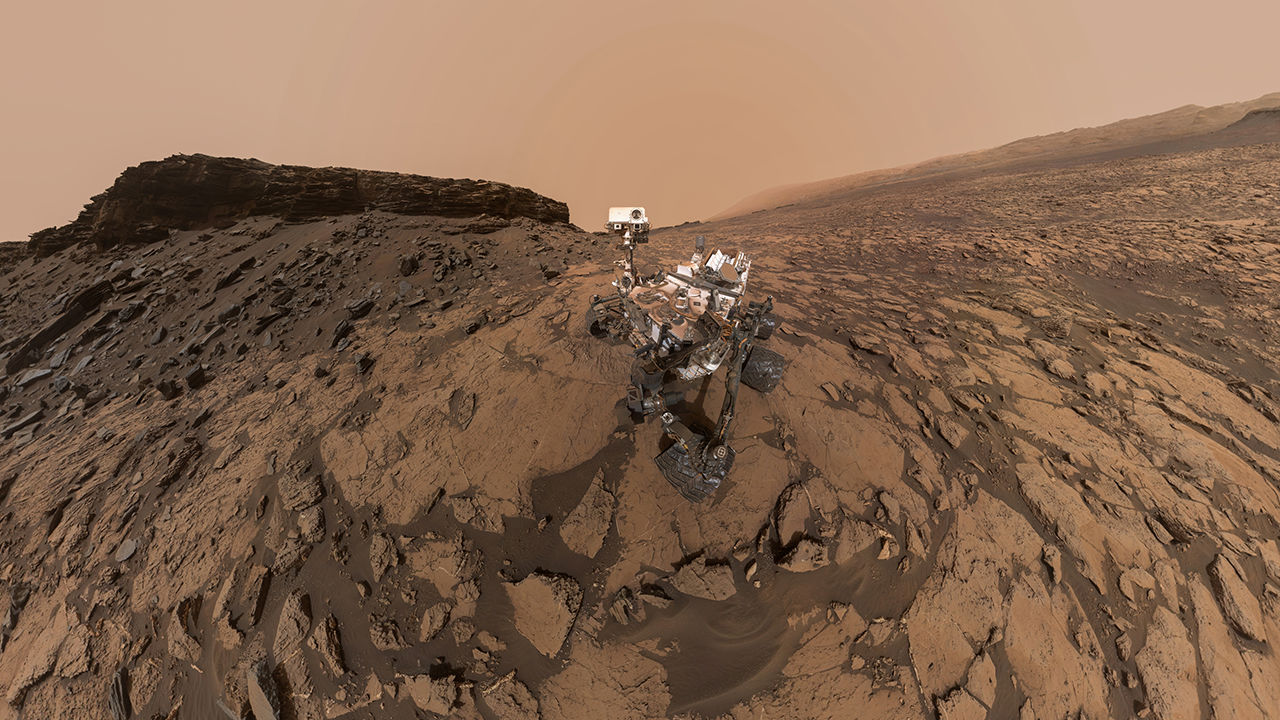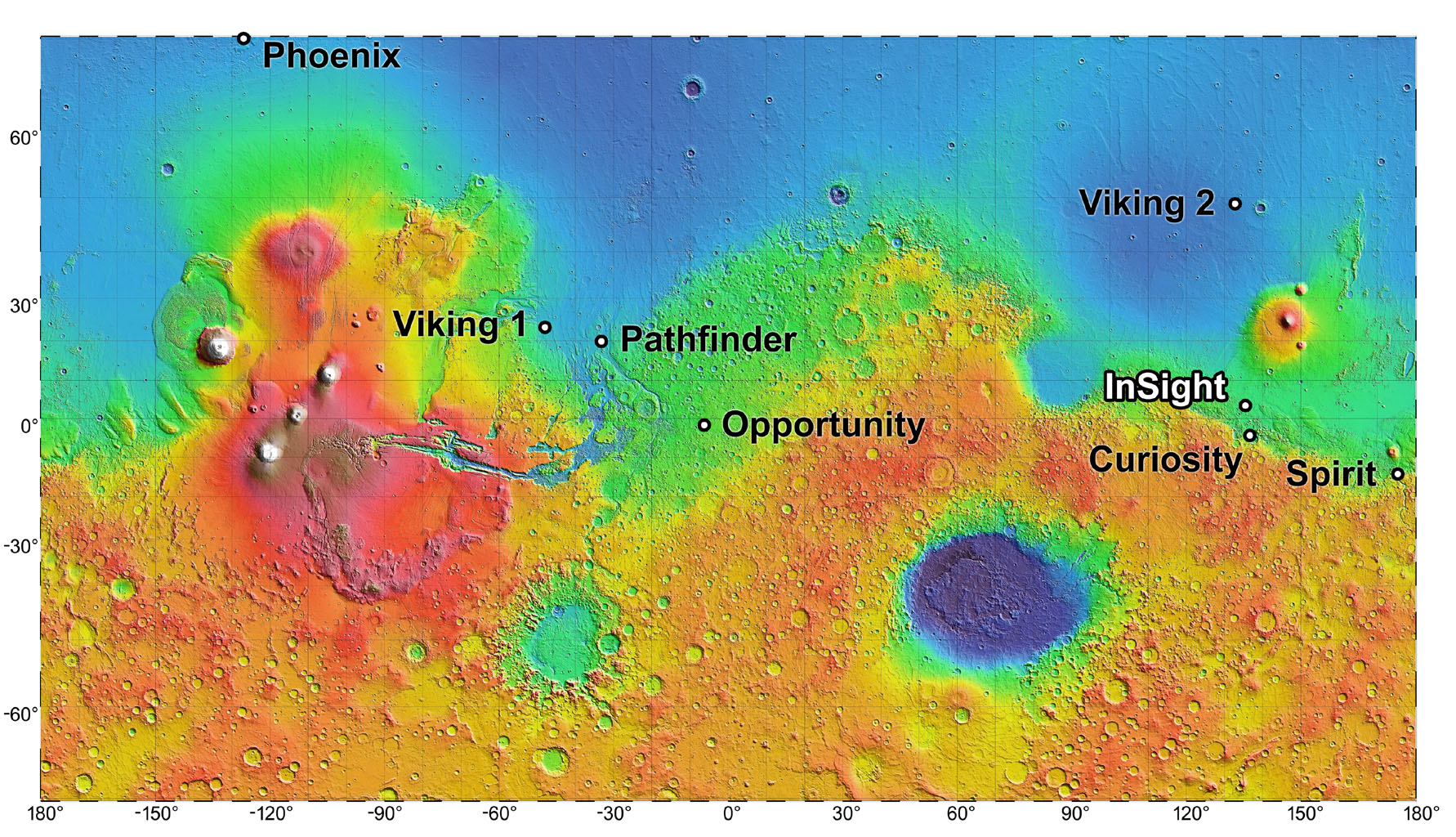The Curiosity rover on Mars has captured the most detailed panoramic image ever taken of the Red Planet’s surface. The image is made from over 1,000 images, containing 1.8 billion pixels of the Martian landscape, with 2.43 GB of high-resolution planetary goodness.
“This is the first time during the mission we’ve dedicated our operations to a stereo 360-degree panorama,” said Curiosity Project Scientist Ashwin Vasavada.
Continue reading “Curiosity’s Latest Mars Panorama, Captured in 1.8 Billion Glorious Pixels”
